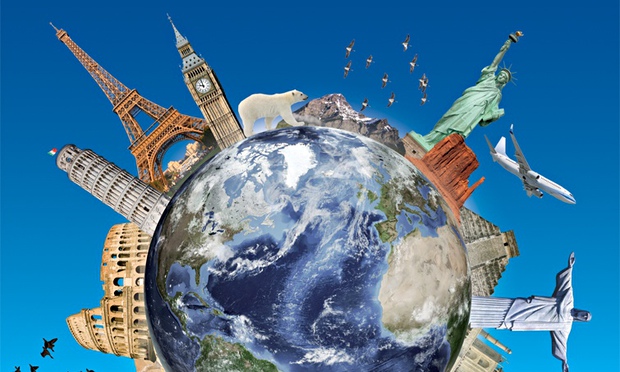|
If you are curious, or want to develop or practice your curiosity, there is no better place to start than with things that are all around you but that you know nothing about.
A principal I believe in is to study the mundane. I have seen substantial evidence that other entrepreneurs and many creative people also do this. Look at the details of daily life and study them, how they differ around the globe, how they change through time. Study how people interact with each other and with things. How they spend their time and what catches their attention.
Such understanding starts with noticing things. Why are toilets different around the world? Why do they use tarps on long-haul trucks in Europe? Why does Japan have more vending machines than other wealthy nations? Why does packaging of consumer products differ? Why are some products sold on the streets in some countries and not in others? Why do big superstores have some items displayed at the front door in Texas but other things at the front door in Thailand? Why do newspapers in India have opinions on the front page while our editorial pages are buried? Why do police put a high priority on traffic control in Asia and so little in Austin? Why do they run you out of stores at closing time in Germany? Why are barns and farmhouses so different around the US and the world? Why do airports use those big orangish lights on their parking lots?
Insofar as I can tell, there are very few books which talk about such things, or even notice them. There are dozens of field guides to plants and animals, but I have lusted for years for field guides to all the man-made things you see at the roadside as you travel the nation and the globe. Thankfully, over the last few years, two great books have come out to meet my needs.
(I keep a mental list of “the most important books that have not yet been published” and hope to add it to this website one of these days. I often find that if I wait long enough, the books I am looking for will arrive. This is a good example.)
Infrastructure: A Field Guide to the Industrial Landscape by Brian Hayes (W.W. Norton, 2005) is a big, full color book which illustrates everything you need to know to recognize things in 13 realms: mining, waterworks, food and farming, oil and gas, power plants, power distribution and the grid, communications, highways, railroads, bridges and tunnels, aviation, shipping, and wastes and recycling. Key concepts like AC/DC and those airport lights are defined and described in layman’s terms. Learn all about wind power, cell phone towers, and those little red boxes that say “Break Glass, Pull Alarm.”
Infrastructure is one of the coolest books I own. I think so highly of it that I have given it as a gift. That’s saying a lot, but I say it because this book is beautiful, it is well-designed and well-thought out, it is comprehensive, and it is understandable. Perhaps most importantly, it is one-of-a-kind and long overdue. A rare combination of attributes.
It is, however, more likely to be in your living room than in your glove box, so another great little book that I recommend, which came along later, is A Field Guide to Roadside Technology by Ed Sobey (Chicago Review Press, 2006). This little pocket-sized wonder limits itself to common things found along the road, all illustrated in black and white and briefly described. Sobey has written a number of other interesting exploratory and explanatory books which I hope to cover in the future, in a long and important tradition of books about “how things work.”
|
|











